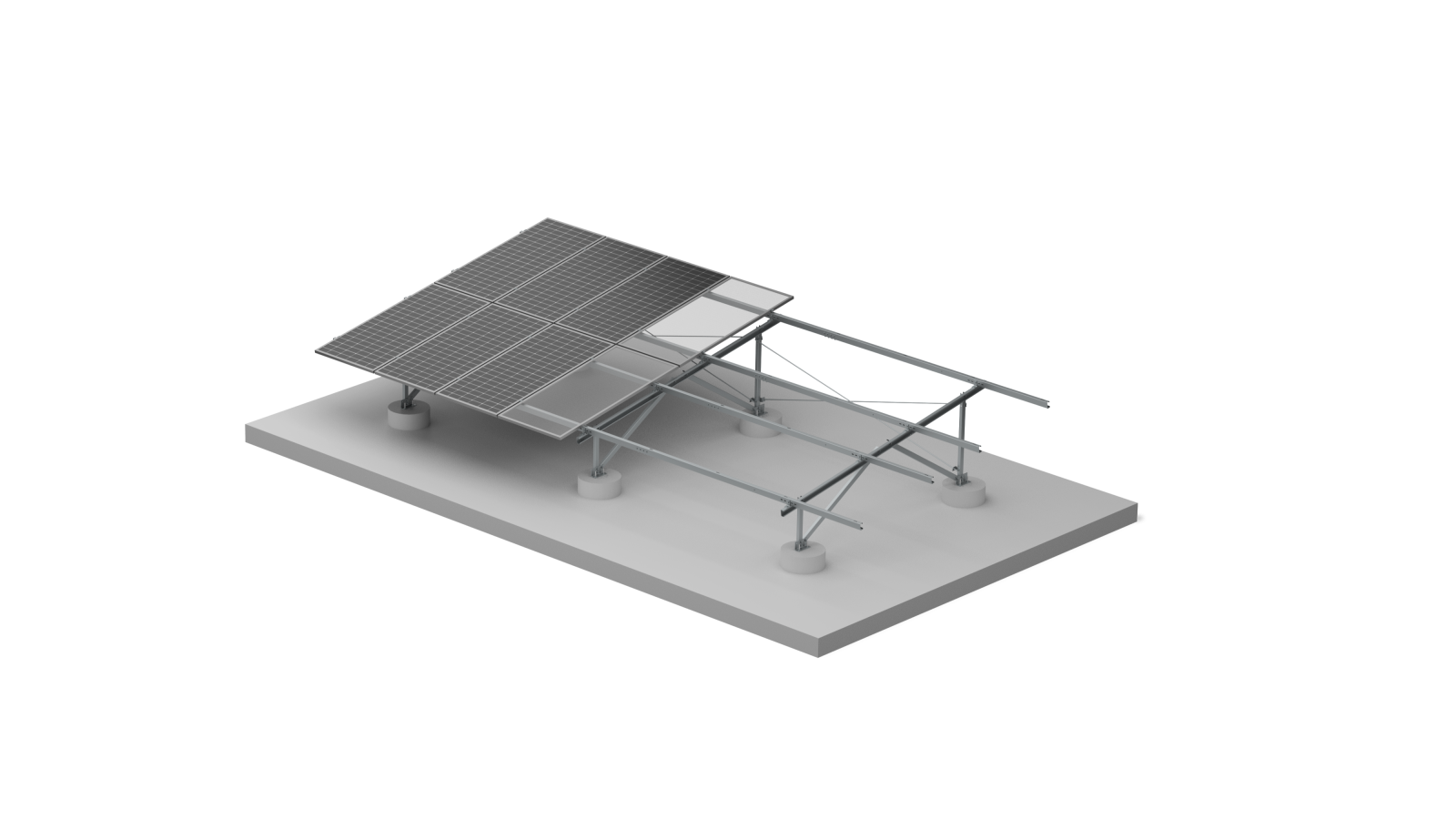The Environmental Benefits of Ground Mount Solar Installations
August 08, 2025
Ground mount solar racking systems are becoming increasingly popular as a sustainable energy solution. These systems not only provide an efficient way to harness solar energy but also offer numerous environmental benefits. This article will explore how ground mount solar racking systems installations contribute positively to the environment.

One of the most significant environmental benefits of ground mount solar racking systems is their ability to reduce the carbon footprint. By converting sunlight into electricity, these systems help decrease reliance on fossil fuels, which are a major source of greenhouse gas emissions. As more homeowners and businesses transition to solar energy, the cumulative effect can lead to a substantial reduction in overall carbon emissions.
Moreover, ground mount solar installations can operate efficiently in various locations, making it easier for communities to adopt renewable energy solutions. This versatility allows for solar energy generation in areas that may not be suitable for traditional energy sources, further promoting sustainability.
Ground mount solar racking systems are designed to optimize land use while minimizing environmental disruption. These installations can be placed in areas that do not interfere with agricultural activities or natural habitats. For instance, solar farms can be established on previously disturbed lands, such as brownfields or abandoned industrial sites, which helps revitalize these areas without encroaching on untouched ecosystems.
Additionally, the design of ground mount systems allows for flexibility in installation, meaning they can be tailored to fit various terrains. This adaptability ensures that solar energy production can occur without significant alterations to the existing landscape, promoting a more harmonious coexistence with nature.
Strategically placed ground mount solar installations can also support local biodiversity. By utilizing spaces that might otherwise be underutilized, such as grazing lands or open fields, these systems can coexist with agricultural practices. In some cases, pollinator-friendly plants can be grown beneath the panels, providing habitats for bees and other beneficial insects.
This dual-use approach not only optimizes land resources but also contributes to the health of local ecosystems. By enhancing biodiversity alongside solar energy production, ground mount solar racking systems present a win-win scenario for both energy generation and environmental stewardship.
In conclusion, ground mount solar installations offer significant environmental benefits, including reduced carbon footprints, efficient land use, and support for biodiversity. These advantages make them an appealing choice for those looking to invest in sustainable energy.
At Antaisolar, we are committed to providing innovative ground mount solutions, including the Concrete Foundation, which is suitable for flat terrains. Our systems are cost-effective, easy to install, and offer strong load-bearing capacity and excellent stability, ensuring efficient solar energy production while protecting the environment.

Reducing Carbon Footprint
One of the most significant environmental benefits of ground mount solar racking systems is their ability to reduce the carbon footprint. By converting sunlight into electricity, these systems help decrease reliance on fossil fuels, which are a major source of greenhouse gas emissions. As more homeowners and businesses transition to solar energy, the cumulative effect can lead to a substantial reduction in overall carbon emissions.
Moreover, ground mount solar installations can operate efficiently in various locations, making it easier for communities to adopt renewable energy solutions. This versatility allows for solar energy generation in areas that may not be suitable for traditional energy sources, further promoting sustainability.
Promoting Land Use Efficiency
Ground mount solar racking systems are designed to optimize land use while minimizing environmental disruption. These installations can be placed in areas that do not interfere with agricultural activities or natural habitats. For instance, solar farms can be established on previously disturbed lands, such as brownfields or abandoned industrial sites, which helps revitalize these areas without encroaching on untouched ecosystems.
Additionally, the design of ground mount systems allows for flexibility in installation, meaning they can be tailored to fit various terrains. This adaptability ensures that solar energy production can occur without significant alterations to the existing landscape, promoting a more harmonious coexistence with nature.
Supporting Biodiversity
Strategically placed ground mount solar installations can also support local biodiversity. By utilizing spaces that might otherwise be underutilized, such as grazing lands or open fields, these systems can coexist with agricultural practices. In some cases, pollinator-friendly plants can be grown beneath the panels, providing habitats for bees and other beneficial insects.
This dual-use approach not only optimizes land resources but also contributes to the health of local ecosystems. By enhancing biodiversity alongside solar energy production, ground mount solar racking systems present a win-win scenario for both energy generation and environmental stewardship.
In conclusion, ground mount solar installations offer significant environmental benefits, including reduced carbon footprints, efficient land use, and support for biodiversity. These advantages make them an appealing choice for those looking to invest in sustainable energy.
At Antaisolar, we are committed to providing innovative ground mount solutions, including the Concrete Foundation, which is suitable for flat terrains. Our systems are cost-effective, easy to install, and offer strong load-bearing capacity and excellent stability, ensuring efficient solar energy production while protecting the environment.
end
